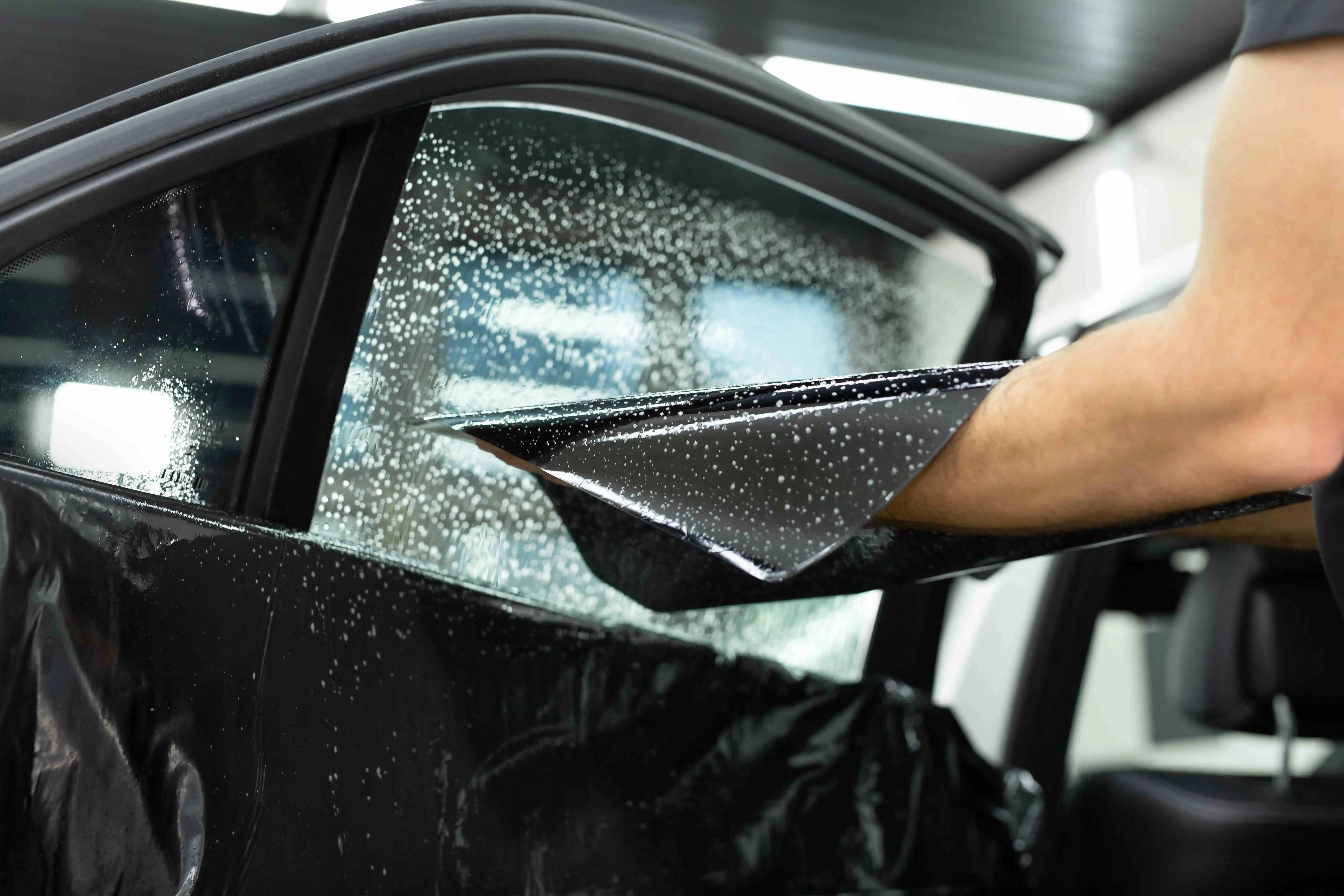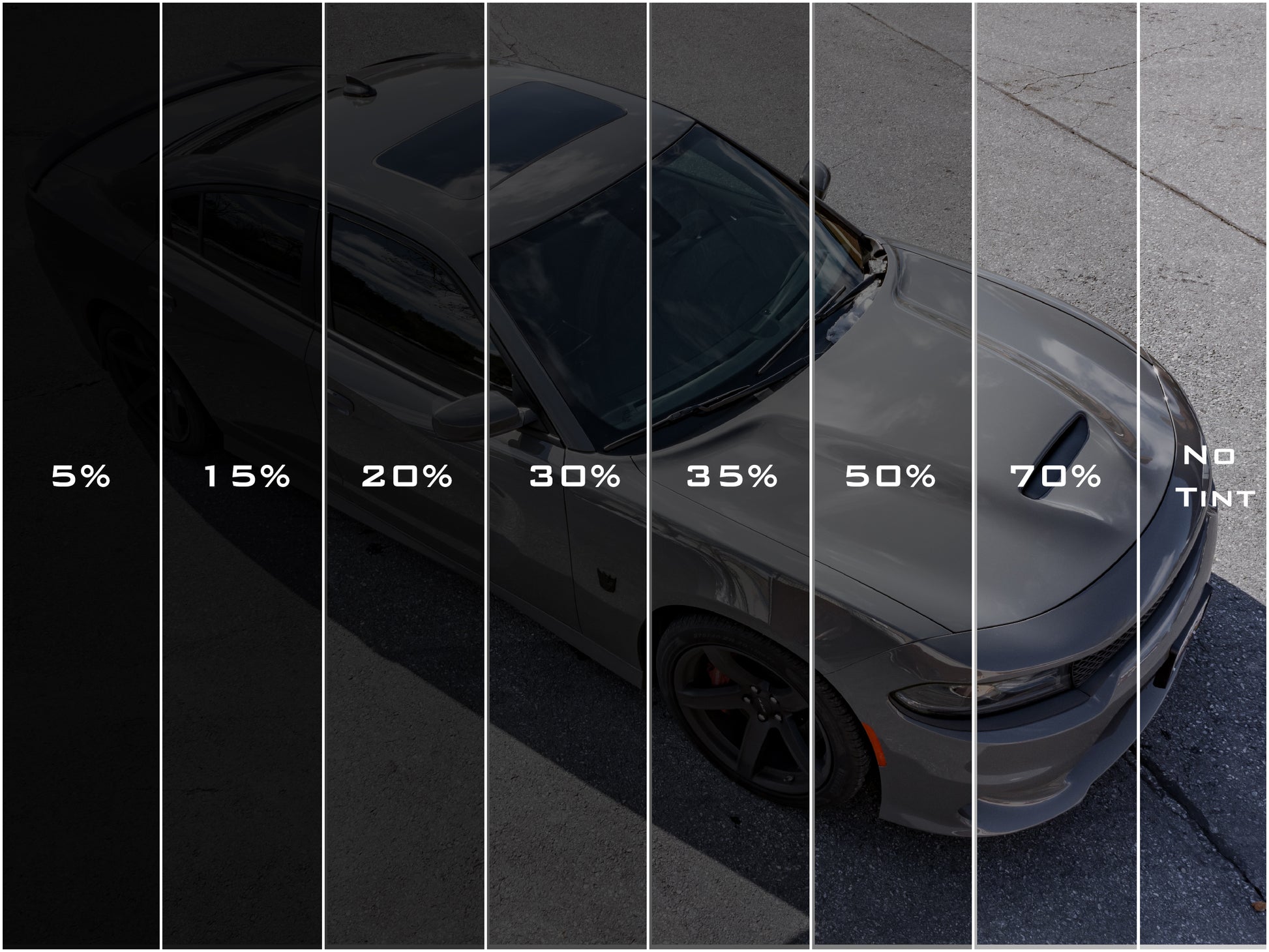Automobile Window Tinting: A Guide to Choosing the Perfect Color
Automobile Window Tinting: A Guide to Choosing the Perfect Color
Blog Article
Window Tinting Laws and Standards: What You Required to Know Before Tinting Your Auto
Prior to waging home window tinting for your vehicle, it is vital to acquaint yourself with the varied legislations and standards that control this method throughout various states. These regulations dictate the permitted levels of tint darkness, commonly measured by visible light transmission (VLT) percents, and include certain specifications for front windshields intended at guaranteeing road security. In addition, particular jurisdictions might offer clinical exceptions for individuals with qualifying conditions. Recognizing these complexities can save you from prospective lawful ramifications, yet what are the details regulations in your state?
Introduction of Window Tinting Laws
Window tinting legislations are frequently subject to variation throughout various territories, mirroring neighborhood guidelines and security considerations. These legislations determine the permissible levels of color darkness and reflectiveness on automobile windows, making certain that vehicle drivers keep ample visibility while also protecting versus hazardous UV rays and heat.
The majority of regulations identify home window tinting based on the Visible Light Transmission (VLT) portion, which shows the amount of light that can go through the home window. Generally, reduced VLT portions symbolize darker colors. Regulations typically set apart in between the front, side, and rear home windows, with stricter constraints put on the front windshield to enhance security for both the motorist and various other roadway users.
Conformity with home window tinting laws is crucial, as infractions can result in fines, mandatory removal of the color, and possible rises in insurance policy costs. It is essential for automobile proprietors to acquaint themselves with local legislations prior to continuing with window tinting installations.
State-by-State Color Regulations
Understanding the particular window tinting policies in each state is vital for lorry proprietors seeking to adhere to the legislation. Each state in the U.S. has established its own set of guidelines governing window tinting, which can vary substantially. These guidelines often dictate the allowed degrees of tint darkness, the kinds of windows that can be tinted, and any kind of medical exceptions that may use.
For example, states like The golden state have rigorous restrictions on color darkness for front windows, while others, such as New Mexico, might enable darker colors. Furthermore, specific states mandate particular visibility percents for various home windows, consisting of the windshield, front side home windows, and back home windows. It is important for vehicle owners to acquaint themselves with their state's laws to stay clear of possible fines or fines.
Moreover, some states might need a qualification sticker to be put on colored windows, showing conformity with state legislations. Failing to abide by these laws not just runs the risk of legal effects yet can also influence safety and presence while driving. For that reason, car proprietors must perform comprehensive research or get in touch with neighborhood authorities to guarantee complete understanding and compliance with state-by-state color guidelines.
Allowed Tint Levels and Kinds
Many car proprietors might be surprised to find out that allowed tint levels and kinds differ widely throughout different states. Each state has actually developed its own guidelines regarding the acceptable darkness and reflectivity of window tint, commonly determined by Visible Light Transmission informative post (VLT) percents. VLT refers to the amount of light that can pass with the colored home windows; hence, a reduced portion suggests a darker color.

Furthermore, the types of tint materials allowed can vary, with some states forbiding mirror-like or metallic coatings. It is important for lorry proprietors to acquaint themselves with their state's specific laws to guarantee conformity. Non-compliance can lead to fines, necessary elimination of the tint, or various other lawful consequences, making it essential to recognize these guidelines prior to continuing with installation.
Medical Exceptions for Tinting
While not all states offer allocations for medical exemptions concerning window tinting, those that do recognize the requirement for details people to improve visibility and comfort because of medical conditions. Various medical problems, such as lupus, skin cancer, and certain eye conditions, can render people especially sensitive to sunshine. These individuals might need darker colors to secure themselves from damaging UV rays and glow.

It is essential to keep in mind that despite a clinical exemption, there might still be limitations on the degree of tint permitted. Conformity with state regulations guarantees that people are both protected and within lawful limitations. Those thinking about clinical exemptions ought to contact their regional Department of Motor Cars or equivalent authority to comprehend the procedures and demands necessary to look for an exemption successfully.
Penalties for Non-Compliance
Failing to adhere to window tinting regulations can cause significant charges, which differ by state. Police are empowered to provide citations for cars that do not stick to the specified tinting guidelines. These fines normally consist of fines, which can vary from small total up to several hundred dollars, depending on the severity of the infraction and the state concerned.
In some jurisdictions, duplicated offenses might lead to rising fines or additional fines, such as mandatory court appearances. Moreover, non-compliance might necessitate the elimination of prohibited tinting, frequently at the owner's expenditure. In extreme cases, regular transgressors may face suspension of their car registration until compliance is achieved.
Furthermore, insurance implications might arise from obtaining numerous citations for home window color violations. Insurance companies may view such offenses as a sign of riskier actions, potentially resulting in enhanced premiums or problem in insurance coverage.
To stay clear of these fines, it is critical for lorry proprietors to acquaint themselves with their regional window tinting laws and ensure that their automobile complies (Window Tinting). This positive approach not just prevents lawful ramifications yet also advertises road safety and security
Final Thought

The majority of regulations classify window tinting based on the Visible Light Transmission (VLT) percent, which shows the amount of light that can pass with the home window. Conformity with home window tinting laws is vital, as violations can result in penalties, necessary elimination of the tint, and potential boosts in insurance costs.Comprehending the certain home window tinting regulations in each state is essential for vehicle proprietors seeking to abide with the legislation. These guidelines frequently determine the allowed degrees of tint darkness, the types of home windows that can be tinted, and any type of medical exemptions that might use.
For circumstances, states like The golden state have strict constraints on color darkness for front windows, while others, such as New Mexico, may permit darker tints.
Report this page